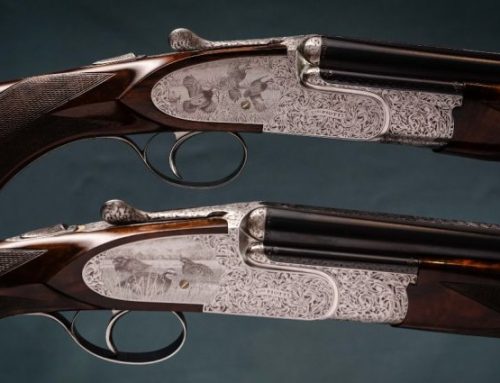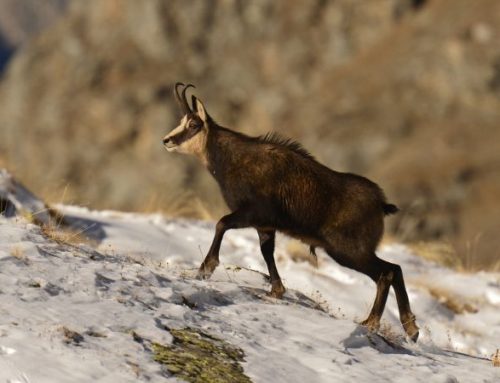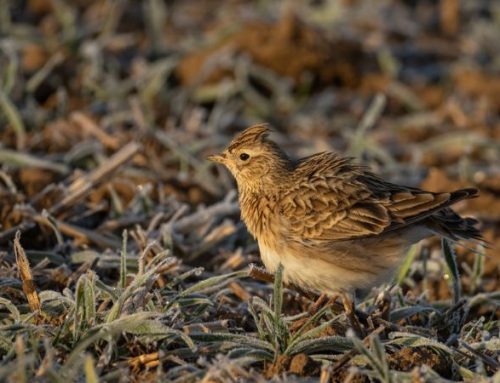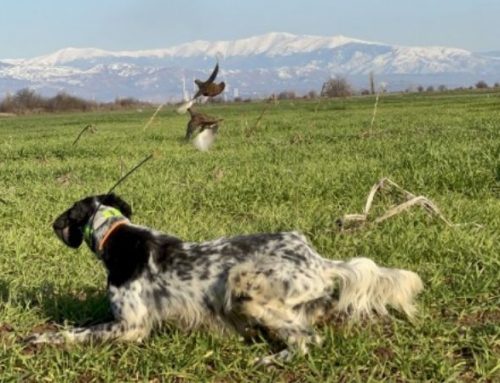Among the many hunting trips, choose a wonderful deer hunt in Scotland
Deer hunting on the Isle of Bute
The Isle of Bute, located off the western coast of Scotland, is renowned for its natural beauty and abundant wildlife, including its population of red deer (Cervus elaphus). These magnificent animals, a symbol of strength and majesty, populate the hills and valleys of the island, offering hunting enthusiasts a unique and unforgettable experience.
The red deer population on the Isle of Bute is carefully managed to ensure a balance between wildlife needs and the conservation of the natural environment. The vast expanses of wild terrain provide an ideal habitat for deer, allowing them to roam freely and thrive in a pristine natural environment.
Hunting red deer on the Isle of Bute is an extraordinary experience, immersed in breathtaking scenery and unique landscapes. The rolling hills, lush woodland and wild moorland create a picturesque and fascinating environment, offering hunting enthusiasts an unrivaled opportunity to venture into the wilderness and experience the thrill of the chase.
Red deer hunting on the Isle of Bute is not only an opportunity to test your hunting skills, but also a chance to immerse yourself in the beauty and tranquility of the surrounding nature. Hunting enthusiasts can enjoy long days spent outdoors, exploring the island’s hills and valleys in search of the perfect trophy.
Amid breathtaking landscapes and in the company of expert guides, hunters can enjoy an authentic and rewarding experience, getting closer to wild nature and discovering the beauty and magic of the Isle of Bute.
Deer hunting in Perthshire
Luca Bogarelli’s testimony: destination Scotland, among the Perthshire hills, hunting red deer!
“Last day of hunting in the Perthshire Highlands: I wake up in my lodge surrounded by the beauty of the Scottish landscapes, ready to face another exciting day of red deer hunting.
The light of dawn filters through the windows, delicately illuminating the room and heralding the new day of adventures and challenges. The warmth of the crackling fire welcomes my awakening, while the scent of freshly brewed coffee fills the air, preparing me for the day ahead.
Together with my PH, we head towards a field that we have kept an eye on in the previous days. As soon as we arrive on site, we notice something promising: in the distance, a herd of deer moves agitatedly, with the roar of the dominant male resonating among the hills.
With the strategy well thought out, we silently venture towards the herd, trying to get closer without being discovered. Every step is calculated, every movement is synchronized, as we carefully approach the desired prey.
Finally, I spot him: the dominant, majestic and imposing male among the other deer. His presence dominates the pack, and my adrenaline reaches its peak as I prepare my shot, aware of the responsibility and honor involved in taking down such a trophy.
With a single movement, the shot launches, cutting through the air with precision and determination. The moment is fleeting but intense, as the deer is brought down with respect and gratitude for nature and the experience of living in the Perthshire Highlands.
And so, with a heart full of emotions and a mind full of indelible memories, I conclude my last day of red deer hunting in the magnificent Scottish lands. The beauty of the landscapes and the thrill of the hunt will remain in my heart forever, making this experience unique and unforgettable.
On this last day of hunting I was rewarded: a magnificent 12-point trophy concludes my adventure in Scotland in the best possible way.
I return home enjoying the last Scottish sunset and the backpack of memories enriched by an excellent hunt and a beautiful trophy.”
A nice “Royal stag”, could be your next trophy on the ancient moors, among heather and peat, testing your hunter instinct and will crown your deer hunting trip in Scotland.
The roaring period awaits you from mid-September to mid-October at the height of the mating season.
The red deer population in Scotland has undergone many changes over the decades due to several factors, including land management, almost no predation, habitat availability and fewer hunters. For example, due to the covid pandemic, the population has increased significantly which has forced the forestry authorities to remove the previously established hunting period limits.
Currently, the red deer (Cervus elaphus) is present in various areas of the country, especially in the Scottish Highlands, where the vast expanses of wild lands offer an ideal habitat for this species.
In recent years, thanks to careful and sustainable management of red deer populations, their presence in Scotland has been stable or in some cases increasing. Government agencies and bodies, together with estate managers and landowners, work to maintain a balance between deer populations and the surrounding ecosystem, seeking to minimize damage to vegetation and natural habitats.
Red deer hunting laws in Scotland are regulated by specific regulations, which establish hunting seasons, killing quotas and methods of managing populations. Red deer hunting is generally practiced during the autumn season, when the bellowing takes place, the reproductive period in which the males emit their characteristic calls to attract the females.
Hunting laws aim to ensure sustainable management of deer populations, limiting the number of animals that can be killed and regulating hunting practices to ensure compliance with ethical standards and the conservation of the natural environment. Hunters must scrupulously respect the rules and regulations in force, subjecting themselves to checks and monitoring by the competent authorities.
Recent Scottish regulatory decisions in terms of deer hunting
The Scottish Parliament recently voted on Green-backed government proposals to abolish closing dates for stag hunting in Scotland.
Although it was rejected by the Rural Affairs and Islands Committee, parliament still voted to accept the government’s proposal. This means that from 21 October 2023 there will no longer be a closed season for male deer of any species in Scotland.
The British Deer Society (BDS) opposed the abolition of closed seasons for male deer as communicated in its Government consultation, yet the Scottish Government has decided to proceed anyway. BDS has expressed concern that “specimens of our most enigmatic megafauna are being treated as pests.”
This measure is not even effective in controlling the deer population, argued James Scott, head of policy and external affairs in Scotland for BDS. “Effective management of the female deer population is the only thing that will produce a significant reduction in the population,” he said.
In much of Scotland, this change is effectively unnecessary as those who need to control male deer out of season have already been able to do so under a general authorisation. Image intensification and thermal goggles are also now legalized for checking deer numbers at night.
The UK’s Professional Hunter of the Year, Chris Dalton, said: “Once again the voice of reason, supported by well-documented scientific facts and the input of expert deer managers, has been ignored by a Scottish Government supported by a Green Party that seems intent on passing a series of ill-thought-out laws The decision to declare an open season for bucks, especially on the open hills, has serious welfare implications – not just for bucks but for does too. in mating, who have difficulty enough on the open expanses in winter when trying to survive the often extreme conditions Allowing the use of thermal goggles for hunting during daylight hours was inevitable and brings Scotland into line with the rest of the UK. , but the use of such tools in the dark is already being overused – sadly we are increasingly treating our deer species as pests, which I find abhorrent.”







